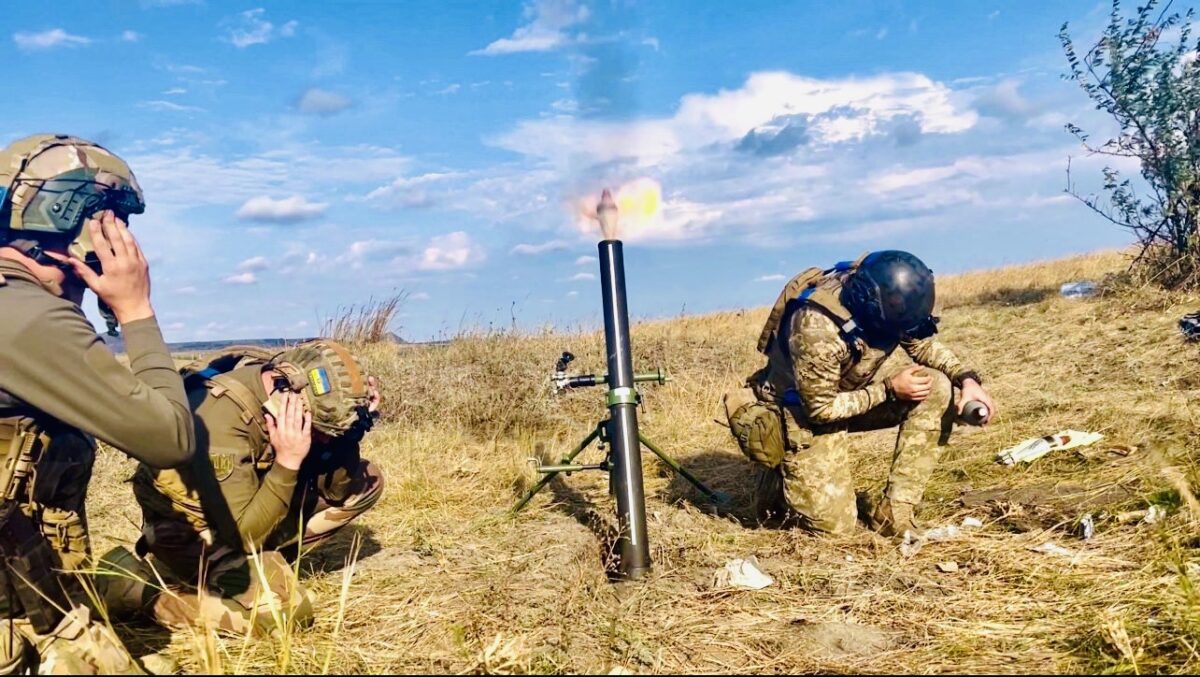Two years on, Russia’s “special military operation” in Ukraine has bogged down into a messy World War 1-style stalemate — a costly trench war of attrition that has consumed men and materiel at an alarmingly rapid pace.
In the past few months, however, the revitalized Russian army has gained ground in the east and the south, virtually nullifying whatever minor gains the Ukrainians temporarily achieved after launching an offensive last spring.
Ukrainian President Volodymyr Zelensky fears that Russia is gearing up for a new offensive in late May or summer. Ukraine may yet lose more territory if Russia’s initiative succeeds.
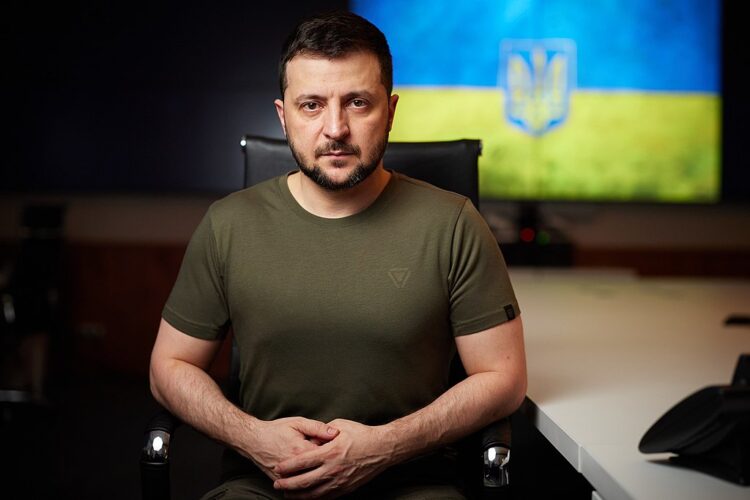
Russian President Vladimir Putin launched the invasion on February 24, 2022 after months of preparation. He hoped to subdue Ukraine –a former province in the now-defunct Soviet Union — within weeks and incorporate it into the Russian land mass. Ukrainian forces fought back hard, squelching his ambitious plan of imperial conquest.
Ukraine, supported by generous infusions of U.S. and Western European arms shipments but not airplanes, gradually recaptured areas the Russians had conquered and seemed well on the way toward driving them out of the occupied territories.
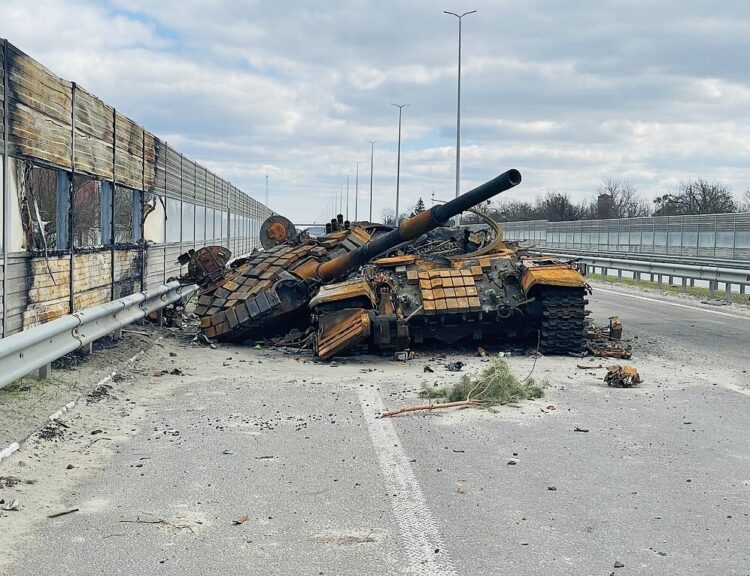
These battles have exacted a terrible human toll on both sides.
Zelensky admitted recently that 31,000 soldiers have been killed, but actual losses are in the 60,000 to 70,000 range, according to U.S. and Russian estimates.
Russia’s casualty figures are far higher, but with a population of 145 million, Russia has a significant manpower advantage over Ukraine and can more easily tolerate the deaths and injuries of masses of soldiers.
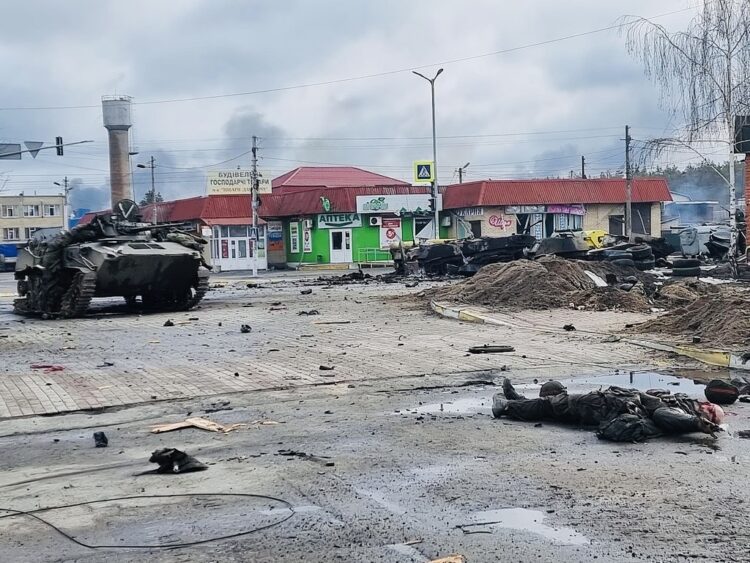
Russia enjoys another advantage as well. It is better militarily equipped than Ukraine, which continues to rely on foreign assistance for advanced weapons. This reliance places Ukraine in a vulnerable position, given the U.S. Congress’ current delay in passing a $61 billion Ukrainian arms package. Until now, the United States has provided Ukraine with $44 billion in military aid. The European Union, especially Poland, has also pitched in.
Despite this setback, the West is still fully behind Ukraine, regarding Russia’s invasion as a flagrant violation of international law and of Ukraine’s territorial integrity.
U.S. President Joe Biden remains unreservedly supportive, though many Republicans from Donald Trump on down have soured on propping up Ukraine. In a show of solidarity on the second anniversary of the war, the leaders of Canada, Italy, Belgium and the European Union visited Kyiv. And last week, President Emmanuel Macron of France raised the possibility of sending NATO troops to Ukraine.
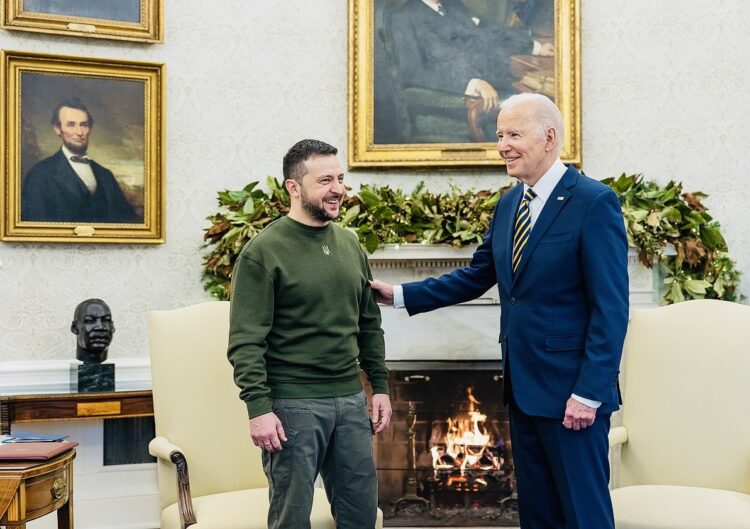
Responding to Macron’s trial balloon, from which the U.S. and its allies distanced themselves, Putin warned the West that direct Western intervention could trigger a nuclear war and “the destruction of civilization.”
It was not the first time that Russia has invoked the specter of a nuclear conflict to ward off the prospect of a Western occupation of Russian lands.
Western nations have no intention of invading Russian territory. But the West, so far, is united in its insistence that Russia must withdraw from areas conquered since the winter of 2022. A peace plan released by Zelensky in Saudi Arabia a few days ago calls for a complete Russian pullout.
Putin, his appetite whetted by Russia’s annexation of Crimea and the occupation of the Donbas region in 2014, considers the occupied areas and indeed Ukraine as Russian territory. Consequently, this war is likely to drag on remorselessly until Zelensky submits to Russian demands, or until the U.S. and the West tire of supporting Ukraine militarily and financially.
Putin, counting on Trump to win reelection as U.S. president next November, assumes he will pressure Ukraine into softening its negotiating stance concerning a Russian withdrawal.
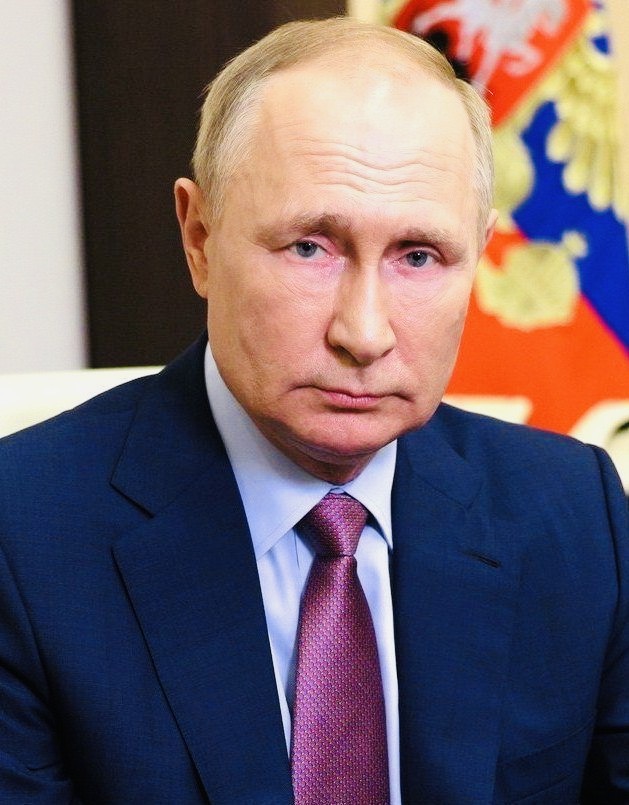
In the meantime, Russia has gone on the offensive, having retaken the Ukrainian towns of Bakhmut, Marinka and Avdiivka in the past few weeks and months. Ukraine’s commanding general, Oleksandr Syrsky, has attributed Russian successes to artillery and air superiority.
And Russia, of course, can draw on a deeper reservoir of manpower. Shortly after the invasion, Putin called up 300,000 men for military service, the largest single conscription since World War II.
Contrary to U.S. expectations, Russia is weathering the storm. Putin’s grip on power seems as strong as before the invasion. Russia’s resiliency remains unshaken. And Russian influence abroad, especially in Asia and Africa, appears to be growing.
Last June, Secretary of State Antony Blinken declared that Russia “is more isolated on the world stage than ever,” but apart from its unpopularity in North America and Europe, Russia has managed to bolster key relationships with China, India and Brazil, which are purchasing Russian oil in record quantities.
Last October, Putin paid a visit to China, and in December, he welcomed India’s foreign minister in Moscow. Earlier, he was warmly received in Saudi Arabia and the United Arab Emirates, both of which are U.S. allies.
Russia, too, has expanded bilateral ties with Iran, which has supplied the Russian army with armed drones. Some have been deployed in the bombardment of residential neighborhoods in Ukrainian cities.
From Putin’s perspective, there have been setbacks too.
The United Nations has repeatedly condemned the invasion. The majority of member states have voted for resolutions condemning Russia. Israel, though having cast votes in favor of these motions, has refrained from sending weapons to Ukraine so as not to further antagonize Russia.
Furthermore, Russia’s image in much of Europe has been tattered. And the International Criminal Court has issued a warrant for Putin’s arrest.
As a result of the invasion, Finland and Sweden have joined NATO, regarding the Western alliance as the only reliable guarantee against Russian aggression.
Putin, in invading Ukraine, feared that it was on track to joining NATO. The net result was that neutral Finland and Sweden rushed to join it. Clearly, he miscalculated, given the fact that NATO is considerably bigger and more of a potential threat to Russia today.
Putin, inadvertently, has turned the vast majority of Ukrainians against Russia and toward the West. Whether or not he admits it, this was a strategic mistake that will surely haunt him for the rest of his days in office.
